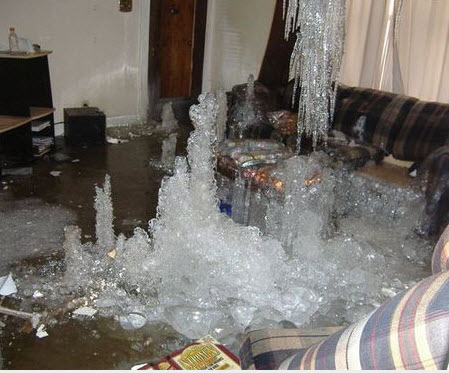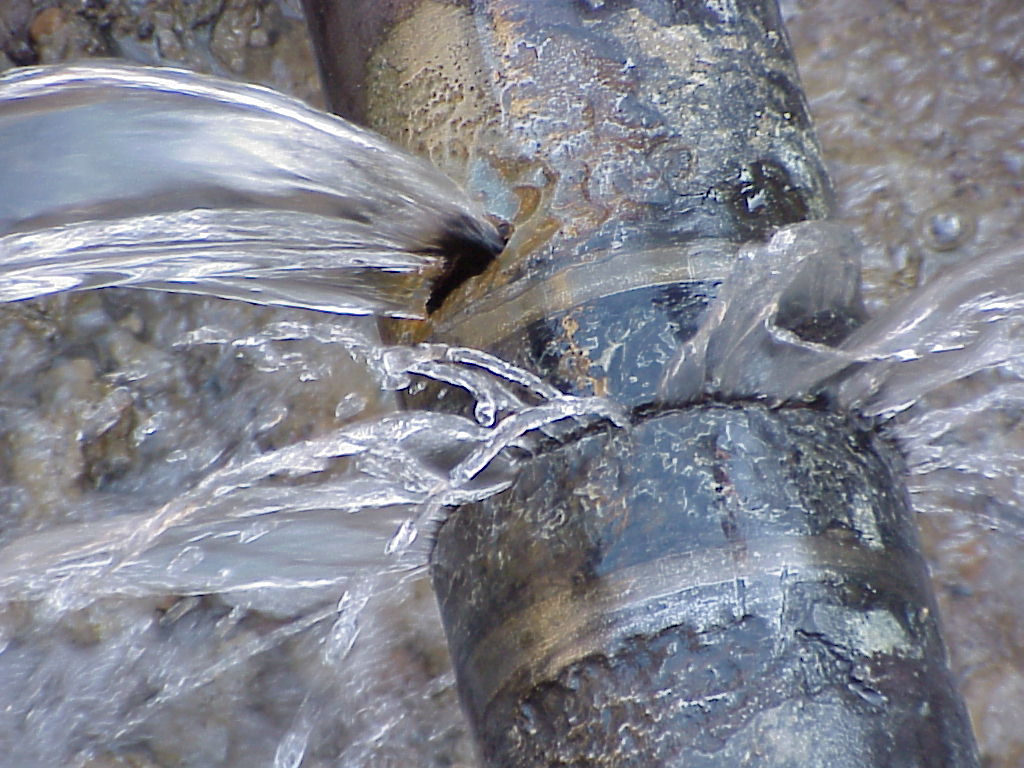Tips on How to Maintain Your Septic Tank: What You Need to Know
Tips on How to Maintain Your Septic Tank: What You Need to Know
Blog Article
Are you currently on the lookout for critical info concerning Water Damage: Tips On What To Do When Your House Is Flooded?

What should you do if a water pipe bursts in your home? Do you want a mini-waterfall as well as flooding in a location of your house? If you find yourself in this situation, you need to act quickly. The longer you wait, the more severe the damage that can take place to your building. The clearheadedness is type in these occasions. For these factors, you require to discover exactly how to act in the event of a burst water pipe. Have a look at the following tips listed below to aid you act quickly due to the fact that time is important.
Shut down the Main Waterline Valve
The first thing to do? Close the shut-off shutoff. Seek the regional shut-off valve to switch off the water in one details location only. If you don't recognize where the localized shut-off valve is, go with the primary water line valve and also turn it off. This action will certainly cut off the water immediately in your entire home. Usually, the major valve is found outside the residence beside the water meter. If it's not there, you can also locate it in two places: in the cellar at eye level or the first flooring on the ground. Generally, building contractors placed the shut-off valve generally ground level restroom or appropriate beside it.
Call Water Damages Remediation Pros for Aid
After closing the water resource, call the professionals for help. With their professional assistance, you can protect against a lot larger water damage including distorted walls, loosened floor tiles, or harmed frameworks.
Record the Damages For Insurance policy
While you're waiting for the pros to arrive, get some documents of the damage triggered by the wayward pipeline. Do close-up shots of the damaged valuables and places.
Recover Points That Can Be Conserved
When you're done taking pictures, analyze the damaged things and also secure one of the most vital ones from the pile. Dry them off in a dry/warm area far from the damaged area and attempt to protect them as long as you can. Drag as much moisture as you can to the product so it can start to dry out.
Start the Drying Refine
You require to start the drying procedure immediately. Fortunately, the water from your waterlines is currently tidy so you don't have to bother with drain water. Nevertheless, the flowing water may have disturbed the dirt as well as debris in your floorboards and rugs. In this situation, put some handwear covers on and begin some troubleshooting. Use pails to dispose out the water. Remove as much water as you can from the surface areas with old towels. Turn on an electrical fan or open your home windows to promote air circulation. These actions will hasten to completely dry and prevent mold and also mildew growth.
Experts are the only individuals qualified to examine appropriately and take care of the burs pipelines and subsequent damage. They typically give quiet red flags like gurgling paint, water stains.
What should you do if a water pipe ruptureds in your residence? For these reasons, you need to find out just how to act in the event of a burst water pipeline. After closing the water source, call the professionals for assistance. With their specialist aid, you can avoid much bigger water damages consisting of warped baseboards, loosened floor tiles, or harmed structures. Fortunately, the water from your waterlines is already tidy so you do not have to stress regarding drain water.
Steps to Deal with a Burst Pipe and a Flooded House
Disconnect your electrical
To prevent electrocution, make sure the electrical systems in your home are turned off. Do not wade into standing water with the power on. If water is blocking your path to your breaker box, look for a main shutoff on the exterior of your home or call an electrician.
Stop the source of the flooding
If your flooding is caused by a burst pipe or valve rather than an act of nature, it should be fairly easy to stop at its source. Just turn off the main water shutoff valve. Some homes have a valve located near where the main water line enters your home, while other homes have a valve attached or adjacent to a water meter, which is sometimes buried near the street.
Call your insurance company
Your water damage will most likely be covered under your homeowners insurance policy. The first step to start the claims process is to call your insurer to let them know about the situation. To make sure that your claim is successful, ask your insurer whether a claims adjuster needs to visit your home to document the damage before you begin the cleanup and repair process, or if your photos of the damage will suffice.
Document everything
No matter what your insurer says, it's always a good idea to carefully document all the water damage to your home to assist with your insurance claim. Simply take photos and videos with your phone and make note of everything the water touched, including your possessions and the structure of your home itself.
Remove standing water
If the water is primarily in your basement, and you have a floor drain, you may be able to use a squeegee mounted on a handle (pick one up at any hardware store) to push water to the drain, or use a mop and bucket. With most of the standing water removed, use a wet-dry vac (make sure to remove the filter for dry vacuuming) to start removing water from harder-to-reach areas.
Start drying out your home yourself
While you are waiting for your contractor to get started, you can begin the process of drying out your home by following these steps: a) open your windows to let moist air escape; b) start as many dehumidifiers as possible; c) cycle your HVAC system between heating (to 80 degrees) and cooling (to 60 degrees), which pulls moisture into the air and then removes it. You can rent industrial-size blowers and dehumidifiers to speed up the drying process.
Prevent mold and mildew caused by water damage
The damage to your home and property is only half the battle. If not properly dealt with, water damage can have farther-reaching effects on your home and health in the form of toxic mold and mildew. In fact, these secondary effects are often worse than the initial property damage, so it's important to take them seriously and dry out the affected areas as quickly as possible. If a surface can't be dried quickly, it should be removed and discarded. If you are working with a water damage cleanup company, they will have the proper equipment to dry out your home. If you are cleaning up the water damage yourself, be sure to educate yourself on how to remove and repair wet drywall and insulation, as well as flooring.
https://www.crddesignbuild.com/blog/10-steps-to-deal-with-a-burst-pipe-and-a-flooded-house

As a passionate person who reads about Do’s And Don’ts In Case Of Water Damage, I thought sharing that editorial was really useful. Enjoyed reading our article? Please share it. Let others locate it. Thanks so much for taking the time to read it.
Report this page